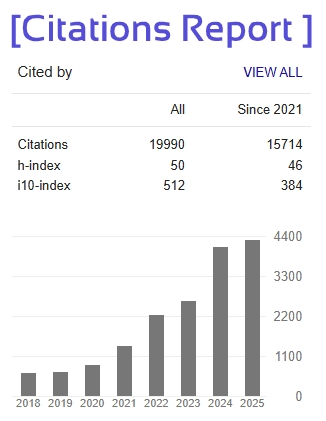- Version
- Download 49
- File Size 345.06 KB
- File Count 1
- Create Date 18/05/2025
- Last Updated 18/05/2025
Smart Healthcare System for Skin Disease, Infection and Cancer Diagnosis Using Transfer Learning
Ejas Mohamed A
Department of Artificial Intelligence and Data Science
Panimalar Institute Of Technology
Chennai, Tamil Nadu, India
ejasmohamed786@gmail.com
Allwin Jeyaraj R
Department of Artificial Intelligence and Data Science
Panimalar Institute Of Technology
Chennai, Tamil Nadu, India
allwinjeyaraj25@gmail.com
Deepak V
Department of Artificial Intelligence and Data Science
Panimalar Institute Of Technology
Chennai, Tamil Nadu, India
deepakv@gmail.com
Mrs. Vidhya Muthulakshmi R
Assistant Professor
Department of Artificial Intelligence and Data Science
Panimalar Engineering College
Chennai, Tamil Nadu, India
vidhyamuthulakshmi@gmail.com
---------------------------------------------------------------------***---------------------------------------------------------------------
Abstract - In this era, millions of people around the globe, making early and accurate diagnosis essential for effective treatment. Traditional diagnostic methods often depend on clinical expertise, which can be subjective and vary from one practitioner to another. However, with the rise of artificial intelligence (AI) and deep learning, convolutional neural networks (CNNs) have become powerful allies in the fight against skin diseases. This study introduces Skin-Deep, an innovative CNN-based frame- work crafted for highly accurate skin disease diagnosis. The Skin-Deep model utilizes a hybrid deep learning architecture that combines various CNN variants, including ResNet, DenseNet, and EfficientNet, to boost feature extraction and classification performance. By leveraging pre-trained models and fine-tuning them on extensive dermatological datasets, this system achieves remarkable diagnostic accuracy, surpassing traditional methods. One standout feature of Skin-Deep is its multi-scale feature extraction capability, which enables it to differentiate between visually similar skin conditions, like melanoma and benign nevi, ensuring precise classification.
To further enhance accuracy and robustness, Skin-Deep incorporates attention mechanisms and ensemble learning strategies. The attention module allows the model to focus on critical areas of skin lesions, reducing the chances of false positives and negatives. Additionally, a hybrid data augmentation pipeline, which includes techniques like generative adversarial networks (GANs) and geometric transformations, tackles data scarcity issues and improves the model’s generalization. Comprehensive experiments on bench- mark datasets, such as ISIC and DermNet, reveal that Skin- Deep outshines existing state-of-the-art CNN models in terms of accuracy, sensitivity, and specificity. In addition, this framework is designed for real-time deployment in mobile and cloud-based teledermatology applications, making skin disease diagnosis more accessible and scalable than ever.
Keywords: Skin diseases, Deep Learning (DL), Artificial Intelligence (AI), Convolutional Neural Networks (CNN), TensorFlow, Medical image analysis, Automated diagnosis, Transfer learning, Telemedicine, Dermatological diagnostics.







